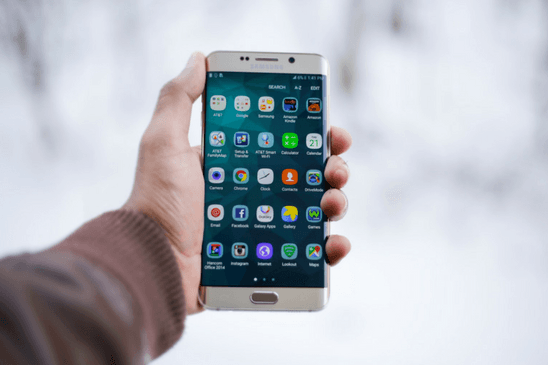Researchers have developed a smartphone app to help parents detect early signs of various eye diseases in their children such as retinoblastoma, an aggressive pediatric eye cancer.
The CRADLE app (Computer-assisted detector leukocoria) searches for traces of abnormal reflections from the retina called leukocoria or ‘white eye’, a primary symptom of retinoblastoma, as well as other common eye disorders.
The app can be downloaded for free and can be found under the name ‘White Eye Detector’.
The study, published in the journal Science Advances, found that the app is an effective tool to augment clinical leukocoria screenings, allowing parents to efficiently and effectively screen their children more often throughout their development.
“We suspected that the app would detect leukocoria associated with other more common disorders and some rare ones,” said study researcher Bryan F. Shaw from Baylor University in the US.
“We were right. So far parents, and some doctors have used it to detect cataract, myelin retinal nerve fibre layer, refractive error, Coats’ disease and of course retinoblastoma,” Shaw added.
Researchers determined the sensitivity, specificity and accuracy of the prototype by analysing more than 50,000 photographs of children taken before their diagnosis.
For children with diagnosed eye disorders, CRADLE was able to detect leukocoria for 80 per cent of the kids.
The app detected leukocoria in photos that were taken on an average of 1.3 years prior to their official diagnosis.
CRADLE’s sensitivity for children age 2 and younger surpassed 80 per cent.
Researchers found the CRADLE app to be more effective simply by the breadth and frequency of its sample sizes: everyday family photos.
Given the number of photos taken by family and friends and the variety of environments, there is a variety of opportunities for light to reflect off the ocular lesions regardless of its location in the eye.
As the app’s algorithm has become more sophisticated, its ability to detect even slight instances of leukocoria has improved.
“This is one of the most critical parts of building the app,” Shaw said.
“We wanted to be able to detect all hues and intensities of leukocoria. As a parent of a child with retinoblastoma, I am especially interested in detecting the traces of leukocoria that appear as a ‘gray’ pupil and are difficult to detect with the naked eye,” Shaw added.
(IANS)
